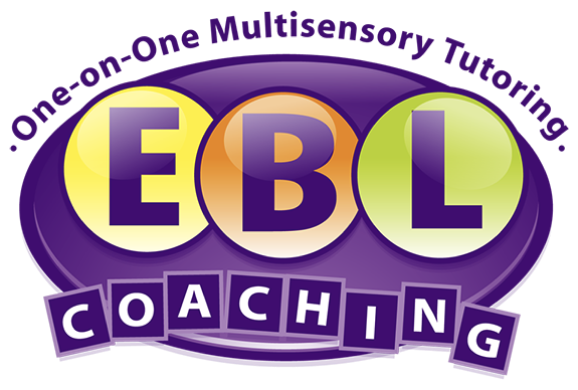
Strategies for Study Success: Time Management
As students progress through school, learning to manage their time becomes increasingly important. They begin to have many more tests to study for, essays to write, projects to complete, and homework assignments to turn in. While some students are naturally able to manage these tasks well, all students can benefit from concrete time management strategies. Learn more at Time Management Tips for Kids with ADHD – EBL Coaching.
The proper assignment book is critical for creating a strong foundation in managing time. When selecting an assignment book for your child, purchase one that has only a single day per page, with a row for each class on all pages, so that she has plenty of space to write down each assignment. Before bringing the assignment book to school, she should add in four columns on the left side of each page, next to the subject: ET (estimated time), AT (actual time), O (Order), and D (Done). Each page might look something like this:

When your child uses the assignment book at school, she should only write down assignments in the column that reads “Assignment.” Then, after about a twenty minute break after school (enough time for a quick snack), she should open her assignment book, read all of the assignments listed, and complete each of the steps below:
1. Start with ET (Estimated Time). She should look at each assignment and decide how much time she thinks it will take to complete it. For example, she might predict that it will take 30 minutes to complete a science worksheet, 50 minutes to study for a math quiz, and 45 minutes to answer questions from her social studies text book.
2. She should then fill in the O (Order) column with numerals, by ordering the assignments based on which one she will do first, second, third, etc. It is generally better for students to do the longer, more complex tasks first, since they tend to still be in “work mode” and have more energy early on. Also, working on a harder task first leaves them time to call a friend or reach out to an adult if they need help completing it.
3. Once ET and O are complete, the next step is to start working on the first assignment. As your child completes each assignment, she should time herself to see how long it actually takes to do the assignment, and write that time in the AT (actual) time section next to the assignment. It is generally better to use an analog, rather than digital, clock, so your child can visually see the time passing.
4. Last, once each assignment is done and put away in the proper place to be turned in, your child should check off the D (Done) column next to each assignment. A completed assignment book page might look like this:

When your child first starts using this strategy, she might notice that there is a large discrepancy between the estimated and actual time. However, as she practices this strategy, she will become more realistic with how long tasks take to complete, and this gap typically narrows – in essence, building stronger time management skills. Read more at Time Management Tips for Kids with ADHD – EBL Coaching.
As children progress through school, the time management demands grow exponentially. They will encounter more tests, longer assignments, and multi-step projects, and the overall quantity of work will increase rapidly. Yet the more they practice these strategies, the more efficient they will become in managing their time, and the more academic success they will see, both now and in the future.
Other Related Blogs:
Differentiating Between ADHD and Autism in Children
Helping Autistic Students Build Stronger Executive Functioning Skills
